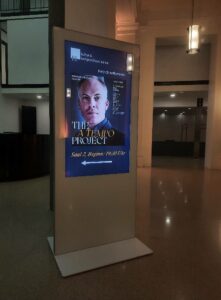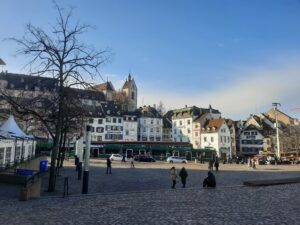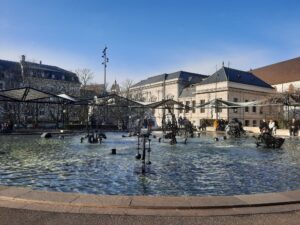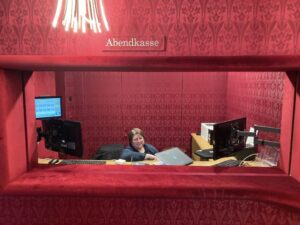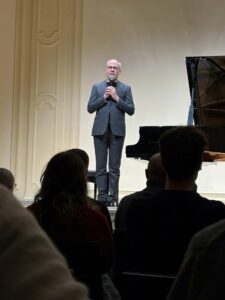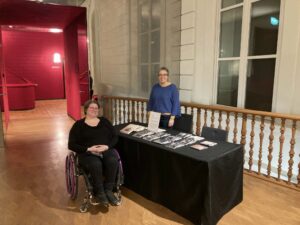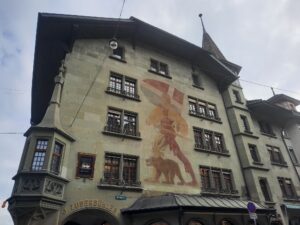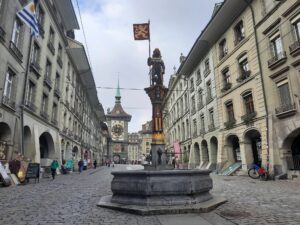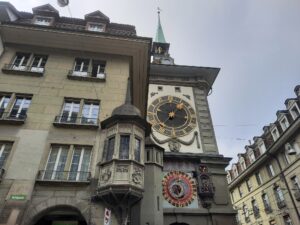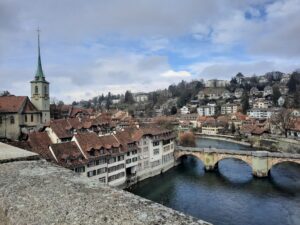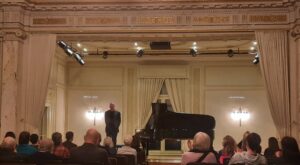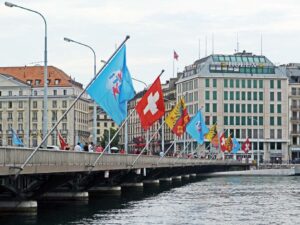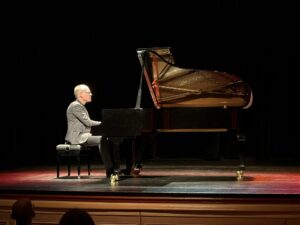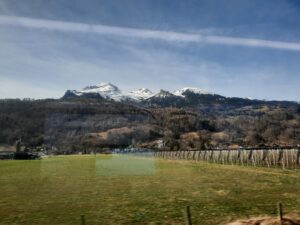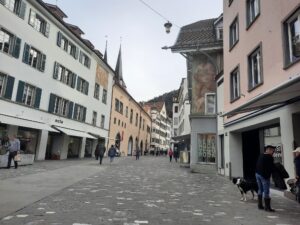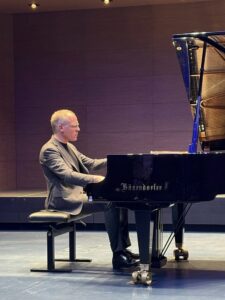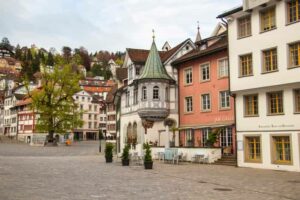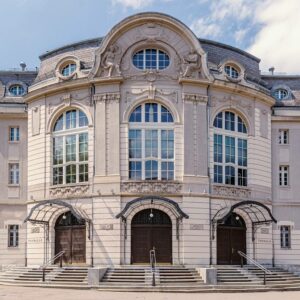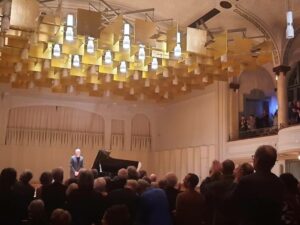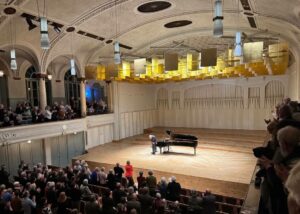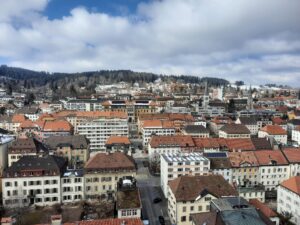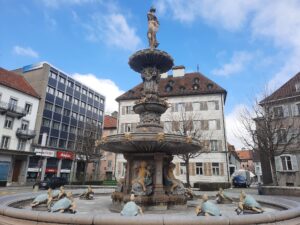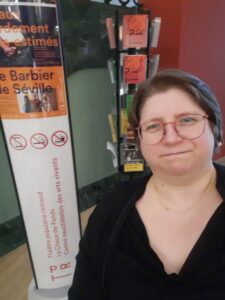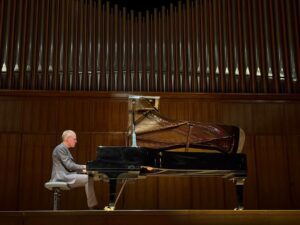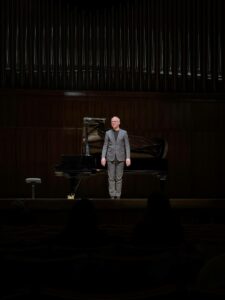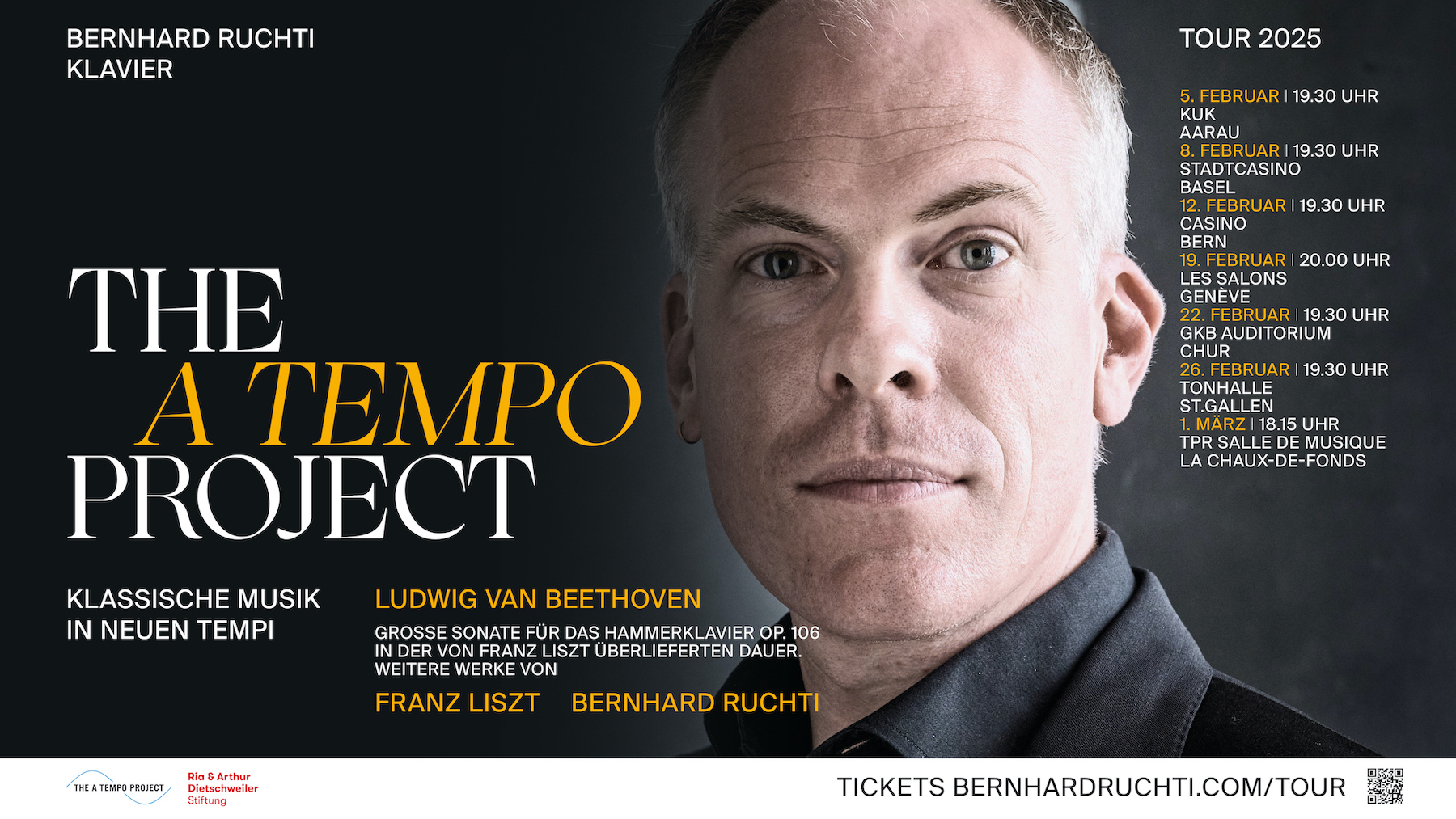
Tempo is the pulse of music. Since 2018, Swiss pianist Bernhard Ruchti has been exploring and interpreting this pulse – and uncovering surprising new ways of interpreting classical music. His work is based on historical research into one of the most important interpreters of the 19th century: Franz Liszt.
Ludwig van Beethoven’s great Hammerklavier Sonata Opus 106 is the focus of Bernhard Ruchti’s tour of Switzerland. He interprets it in the duration handed down by Franz Liszt himself: “presque une heure”. That is noticeably longer than today’s average. For the interpretation, it means one thing above all: more time, more breath and more richness of detail.
During the tour, the audience experienced Beethoven’s Hammerklavier Sonata, one of the core works of the A Tempo project, in a new interpretation, complemented and contrasted with works by Franz Liszt and Bernhard Ruchti.
I was the project manager of the tour. I accompanied Bernhard Ruchti during his travels. This post shows an overview in images of the trip.


